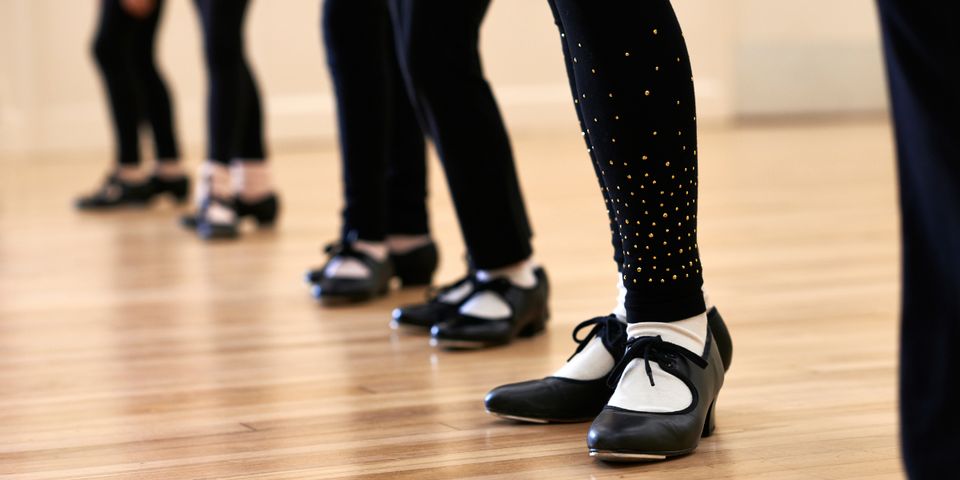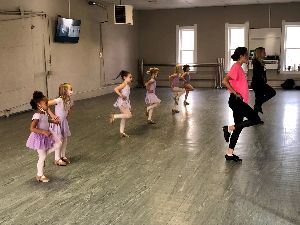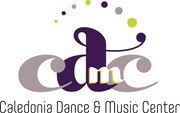
Dance lessons are popular ways for both children and adults to get in touch with their bodies, make friends, and enhance their flexibility and balance. One classic style often seen in movie musicals and on stage is tap dancing. This unique form of dance creates percussive sounds using the heels and balls of the feet. If you're thinking about taking tap classes or are already signed up, here are a few fun facts to inspire you before attending the first session.
A Guide to Interesting Facts About Tap Dancing

1. Tap is a Fusion of Dance Styles
Tap dancing was born by fusing a wide range of dance styles. It is believed to have been cultivated in the early 20th century in New York City, where individuals from Ireland, England, and Scotland came into contact with ethnic groups from West Africa. The combination of traditional clogging, jigs, and step dances came together to create a new form of percussive dance. It consists of making sounds with the feet, as well as performing spins and arm movements.
2. Tap Dancing is Its Own Language
During tap dance classes, you'll learn various movements, combinations, and beats. When the style first became popular, a time step was used to communicate the tempo and pace of a dance. Performers used the movement to communicate effectively with live musicians and bandleaders. While this is rarely the case in modern dance, the method once helped create a cohesive performance where entertainers and musicians were perfectly in sync to elevate the experience.

3. Tap Shoes Began With Pennies & Nails
In the early 20th century, when tap dancing was taking place in urban environments and small performance halls, dancers created makeshift tap shoes to elevate the sounds created by their feet. Pennies and nails were drilled into the bottom of soft-soled dance shoes to get the distinctive clicking noise. Nowadays, tap shoes are fitted with metal plates on the heels and balls of soles to create percussive sounds.
4. Tap Dancing is a Great Form of Cardiovascular Exercise
The basic steps in tap dancing require students to learn how to move their feet quickly and in various formations. With the constant taps, swipes, spins, and slides, this form of dance is an excellent cardiovascular workout. During a lesson, you will get your heart rate going and tone your legs, garnering similar health benefits as you would from going on a jog.
If your child wants to try tap dancing, Caledonia Dance & Music Center offers inclusive and fun lessons guaranteed to delight and inspire. Since opening in 1983, this family-focused dance school has taught students across West Michigan in engaging and accepting environments. Whether your little one wants to explore ballet, tap, hip-hop, jazz, or tumbling, their compassionate teachers can help. Call (616) 891-1606 to schedule a tour of the facility. Visit the website for more information on the current class schedule and wide range of styles they offer.
About the Business
Have a question? Ask the experts!
Send your question

